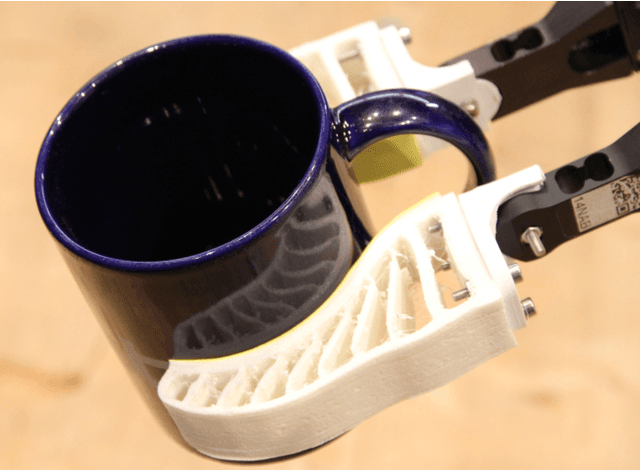Non-Planar Frictional Surface Contacts: Modeling and Application to Grasping
Paper and Code
Sep 15, 2019



Contact modeling is essential for robotic grasping and manipulation. The relation between friction and relative body motion is fundamental for controlled pushing. An accurate friction model is indispensable for grasp analysis as the stability heavily relies on friction. To increase the grasp stability, soft fingers are widely deployed for manipulation tasks as they adapt to the object geometry, where the deformability results in a curved contact area. The friction of such curved surfaces is in six dimensions and its model is yet not well defined. To address this issue, we derive the friction computation for curved surfaces by combining concepts of differential geometry and Coulomb friction law. We further generalize two classical limit surface models from three to six dimensions, which describe the friction-motion constraints for a single contact. To analyze multi contacts for grasping, we build the grasp wrench space by merging the normal wrench and the fitted limit surfaces of each contact. The performance of the two limit surface models is evaluated with six parametric surfaces and 2473 meshed contacts obtained from simulations using the finite element method. Results indicate that the proposed models yield 1.81% fitting error of the 6D friction wrench samples. We demonstrate the applicability of the proposed models to predict grasp success for a parallel-jaw gripper. Robotic experiments suggest that a prediction accuracy of up to 92.6% can be achieved with the presented frictional contact modeling.
 Add to Chrome
Add to Chrome Add to Firefox
Add to Firefox Add to Edge
Add to Edge